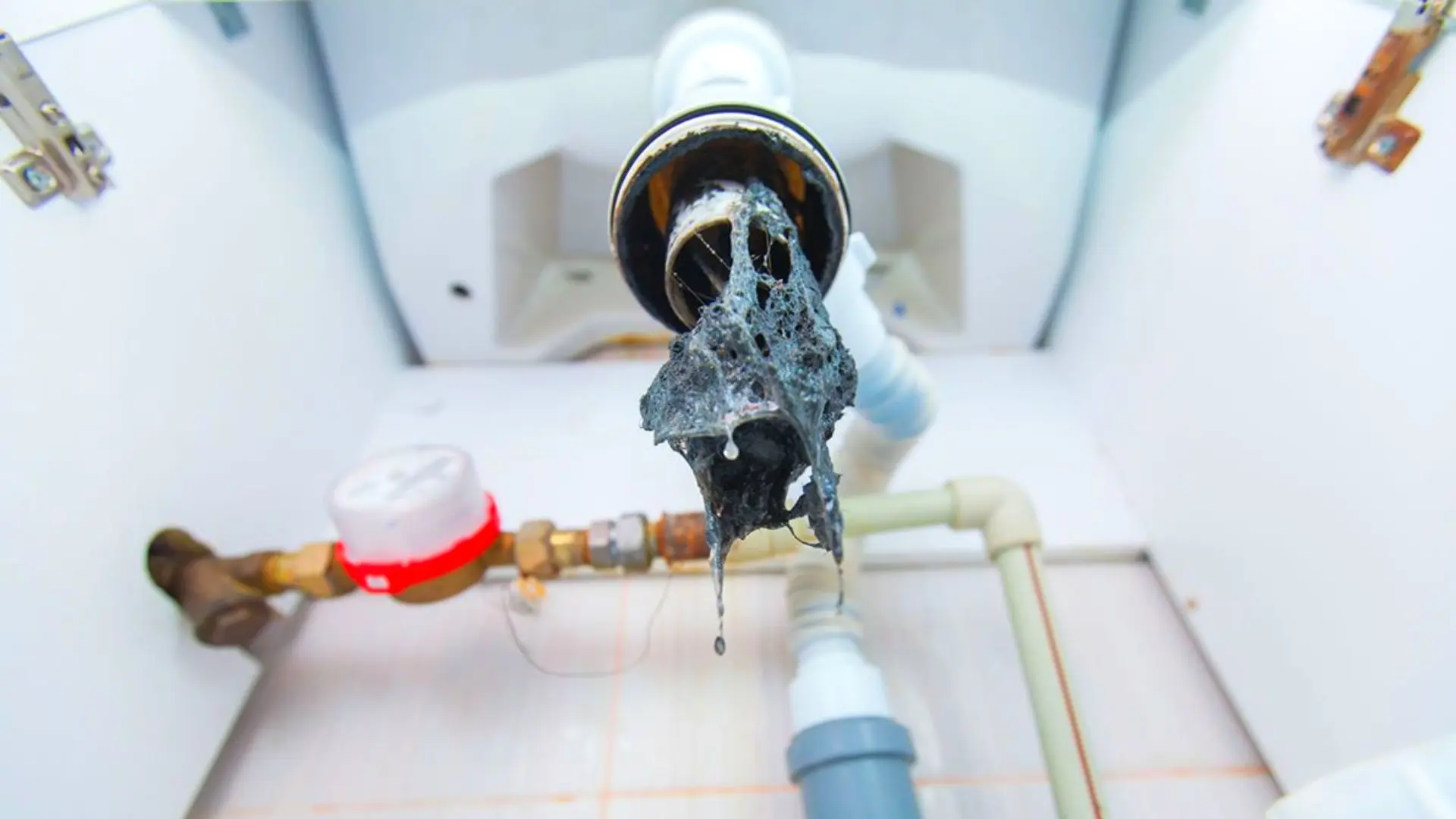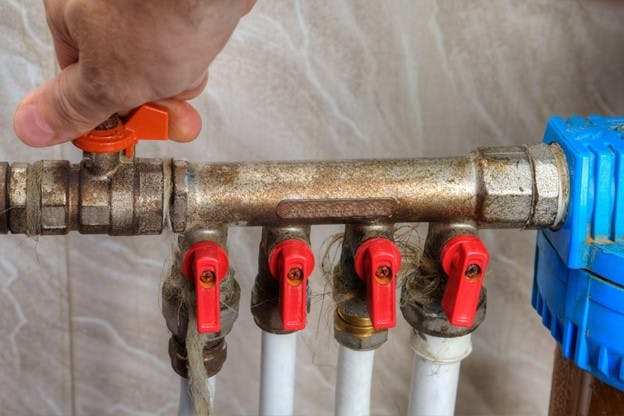Proven Tactics for Solving Low Water Pressure in Your Home
Proven Tactics for Solving Low Water Pressure in Your Home
Blog Article
We have come across the article pertaining to Low Water Pressure in the House? down the page on the net and believe it made sense to quickly share it with you on my blog.

Low tide pressure in your house can be a discouraging trouble, affecting every little thing from showering to washing meals. If you're experiencing weak water flow, there are numerous possible causes and options to explore. In this overview, we'll review common factors for low tide stress and practical steps to resolve the issue successfully.
Introduction to Low Tide Stress
Low water pressure takes place when the flow of water from your faucets, showers, and various other components is weak than common. This can make everyday jobs more challenging and much less effective. Recognizing the sources of low tide pressure is vital to locating the ideal remedy.
Usual Reasons For Low Tide Pressure
Faulty Stress Regulators
Stress regulators are responsible for maintaining regular water pressure in your home. If they malfunction, it can result in low tide pressure or irregular circulation throughout your home.
Local Supply Of Water Issues
Occasionally, the issue lies outside your home. Local water supply issues, such as main line leakages or maintenance work, can temporarily reduce water pressure in your location.
Pipeline Obstructions
Over time, pipes can come to be blocked with natural resource, debris, or particles, restricting the flow of water. This is a typical concern in older homes with galvanized steel pipes.
Deterioration
Deterioration within pipelines can bring about leaks and decreased water stress. Corrosion buildup can restrict water circulation, particularly in maturing plumbing systems.
Just How to Detect Low Tide Stress
Evaluating Pipelines
Evaluate visible pipes for signs of leaks, deterioration, or obstructions. Pay attention to any unusual sounds, such as knocking or rattling pipes, which could show issues within the plumbing system.
Consulting with a Plumber
If you're not able to determine the root cause of low tide pressure, think about hiring an expert plumber to carry out a detailed evaluation. They can determine underlying problems and recommend ideal options.
Checking Taps and Components
Start by testing the water pressure at various faucets and components throughout your home. If the concern is separated to details locations, it may show local problems.
Do It Yourself Solutions to Deal With Low Tide Stress
Flushing Water Heater
Sediment buildup in the hot water heater can restrict flow and minimize efficiency. Purging the tank regularly assists eliminate sediment and preserve optimum efficiency.
Examining Pressure Regulator
Ensure that the stress regulator is functioning properly. Readjusting or changing the regulatory authority can assist bring back correct water stress throughout your home.
Cleaning Up Aerators and Showerheads
Mineral deposits can accumulate in aerators and showerheads, lowering water circulation. Eliminate and clean these elements routinely to enhance water pressure.
Clearing Clogs in Pipes
For small clogs, try making use of a plumbing serpent or chemical drainpipe cleaner to clear obstructions in pipelines. Beware when utilizing chemicals and adhere to safety standards.
When to Call a Specialist Plumber
If do it yourself initiatives fail to deal with the problem or if you suspect significant plumbing issues, it's best to look for aid from an accredited plumber. They have the competence and tools to attend to intricate problems securely and properly.
Safety Nets to Preserve Water Stress
Mounting a Stress Booster
Think about setting up a stress booster pump to enhance water stress in areas with constantly reduced flow. This can be especially advantageous for multi-story homes or homes with high-demand components.
Tracking Water Use
Be mindful of water use practices and prevent ill-using the plumbing system. Easy changes, such as staggering showers and laundry loads, can assist maintain adequate water stress.
Normal Maintenance
Schedule routine maintenance for your plumbing system to stop problems such as deterioration, leakages, and clogs. Dealing with minor issues early can assist prevent even more substantial fixings later on.
Conclusion
Managing low water stress can be discouraging, but recognizing the underlying reasons and executing ideal remedies can bring back optimum circulation throughout your home. Whether it's cleaning aerators, inspecting pipes, or speaking with a plumber, taking proactive steps can ensure a stable supply of water for your everyday needs.
FOUR WAYS TO FIX LOW WATER PRESSURE NOW
Turning on a shower or faucet only to find the water comes out in a sad, slow drizzle is never a good feeling. How exactly are you supposed to wash a pan or take a quick shower when it takes 10 minutes just to rinse off a little soap? The good news is that when your water pressure is bad, there's always a cause: typically one that can be easily fixed. Here are some of the most common causes of low pressure and what you can do to fix the issue:
DEBRIS AND MINERAL DEPOSIT BUILDUPS
If you notice low water pressure from just one or two of the fixtures in your house, the problem likely has to do with debris buildup. Water is full of minerals and other debris, all of which can accumulate in your pipes and on your fixtures. This can cause a blockage that affects how much water flows through. To fix this, try filling a small plastic bag with white vinegar, and use a rubber band to hang it around your showerhead or faucet. Let the head of the fixture soak for a few hours, and the vinegar should loosen the deposits.
WATER LEAKS
Leaks are another common cause of low water pressure. If water is flowing out of your plumbing through a hole or crack before it can reach your fixture, the pressure coming out of the faucet or showerhead will be lower. A plumbing professional is your best bet for finding and repairing a leak in your water supply pipes.
Leaks are another common cause of low water pressure. If water is flowing out of your plumbing through a hole or crack before it can reach your fixture, the pressure coming out of the faucet or showerhead will be lower. A plumbing professional is your best bet for finding and repairing a leak in your water supply pipes.
A VALVE ISSUE
If you have low water pressure throughout your home, check your main shut-off valve to make sure it's completely open. You may also want to see if there's a pressure-reducing valve installed. If there is, have a plumber help you adjust the settings to get the pressure you're looking for.
OTHERS USING WATER
Believe it or not, your low water pressure could be caused by your neighbors. If you notice low pressure at certain times of day, it may be because you and the people living next to you have similar schedules - when everyone is showering at the same time, the pressure will be lower in every home. Low pressure throughout the neighborhood may also be caused by an issue with your municipal water supply. If that's the case, call the supplier to see if they're working on the issue.
https://www.rotorooter.com/blog/water-leaking/low-water-pressure-fixes/

I'm just very interested by Low Water Pressure in the House? and I'm hoping you enjoyed the entire blog entry. For those who appreciated our blog posting kindly make sure you remember to share it. I value reading our article about Dealing with Low Water Pressure in Your Home.
Show Details Report this page